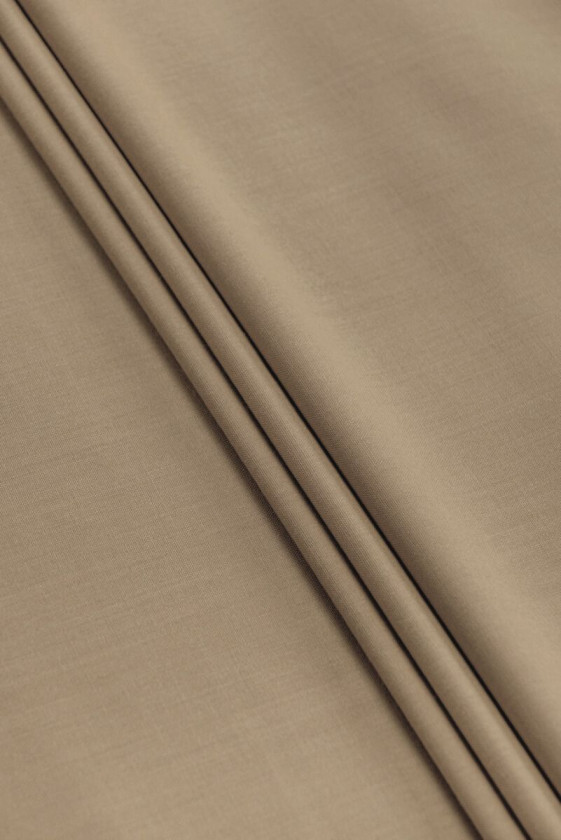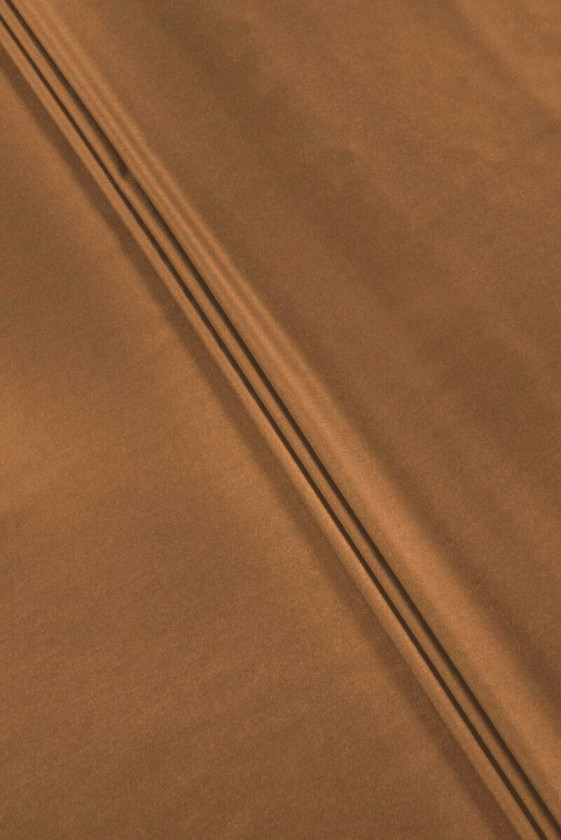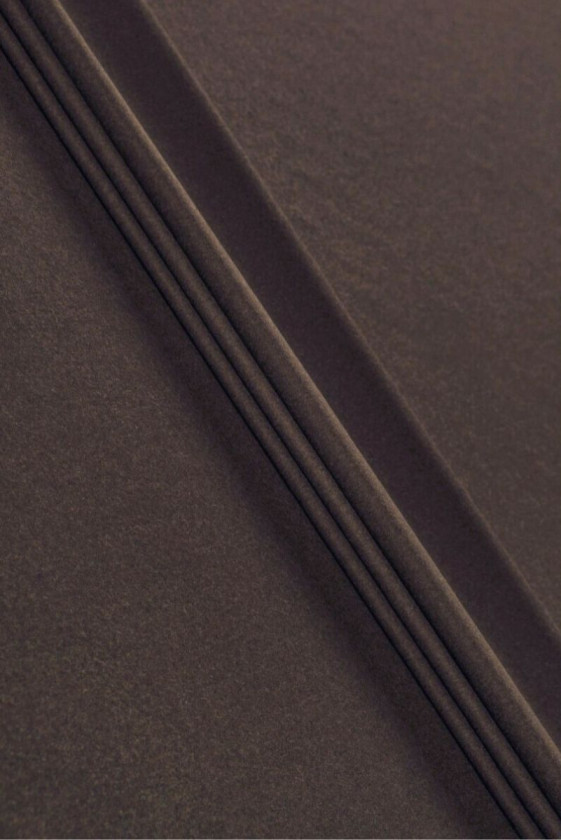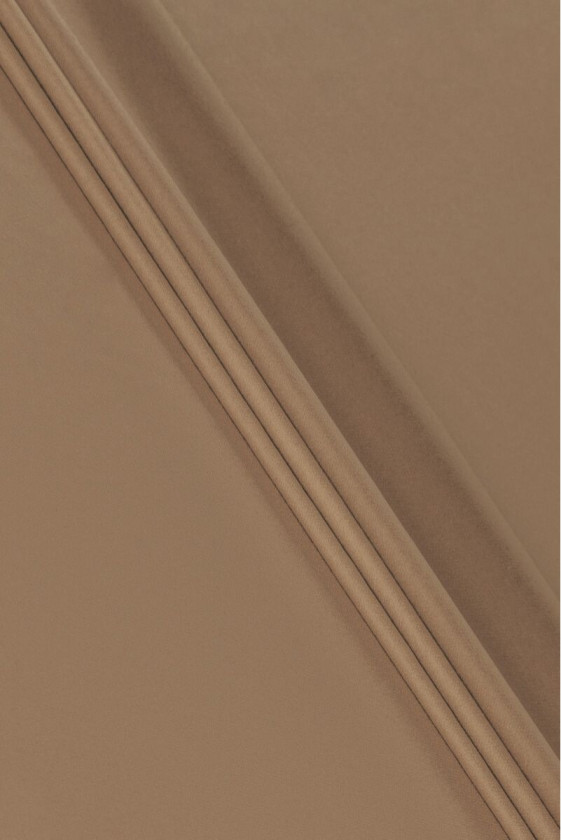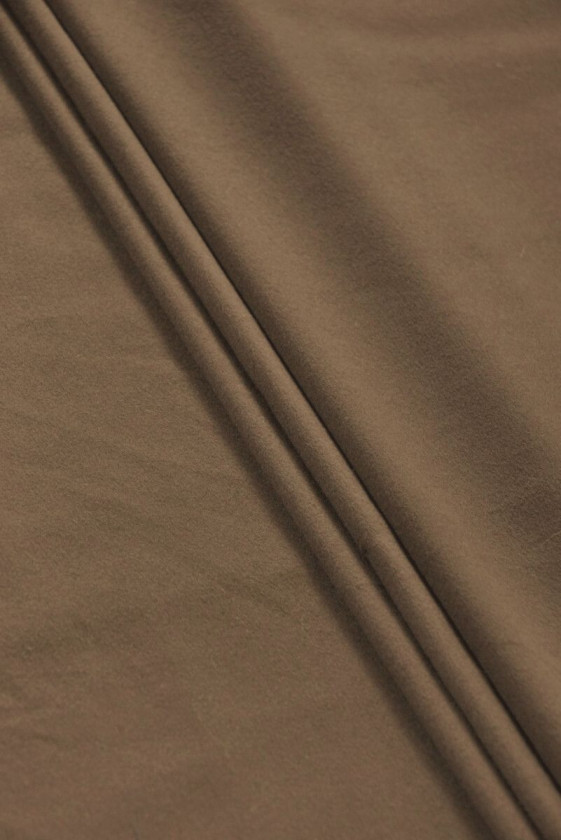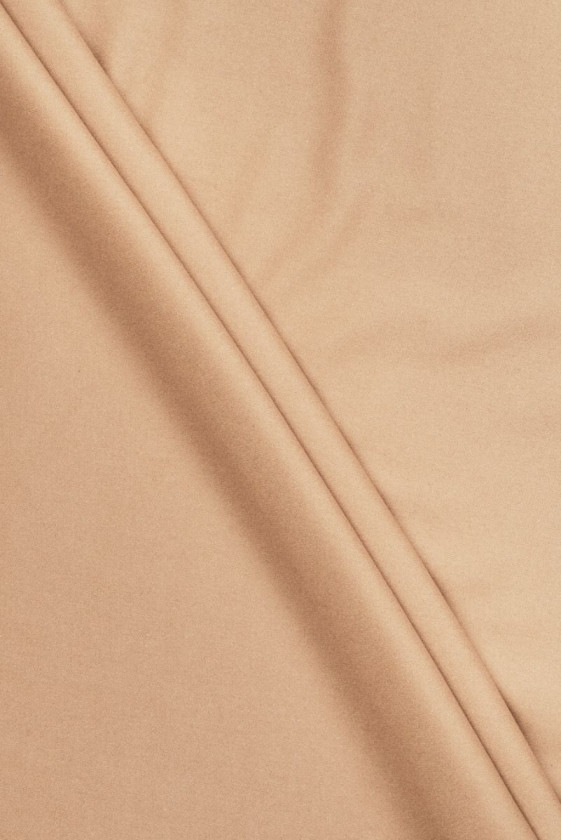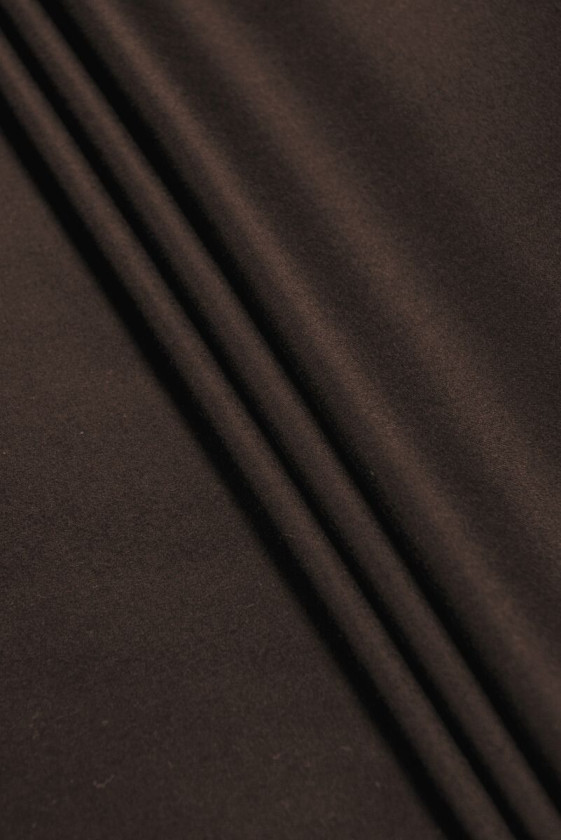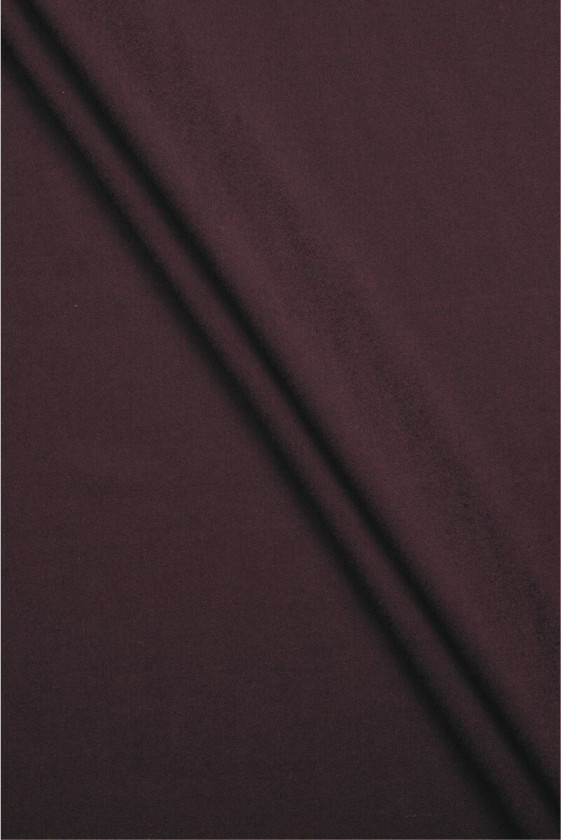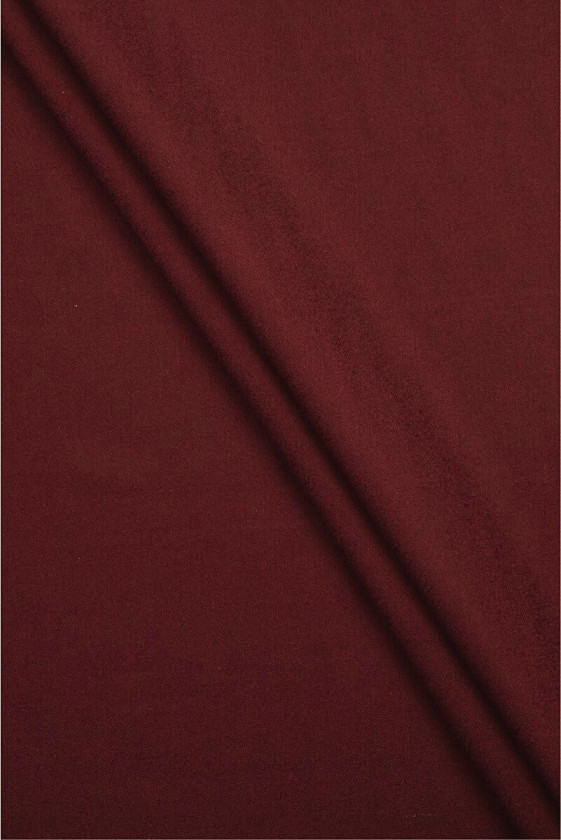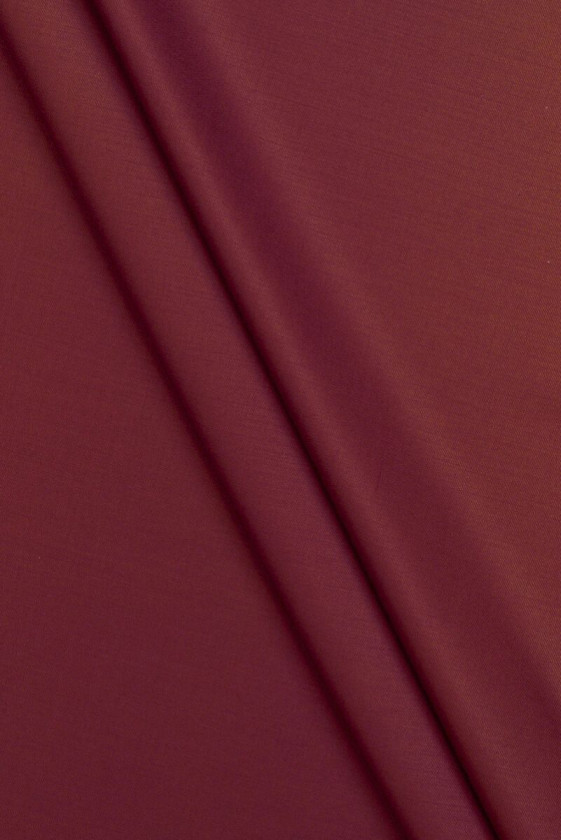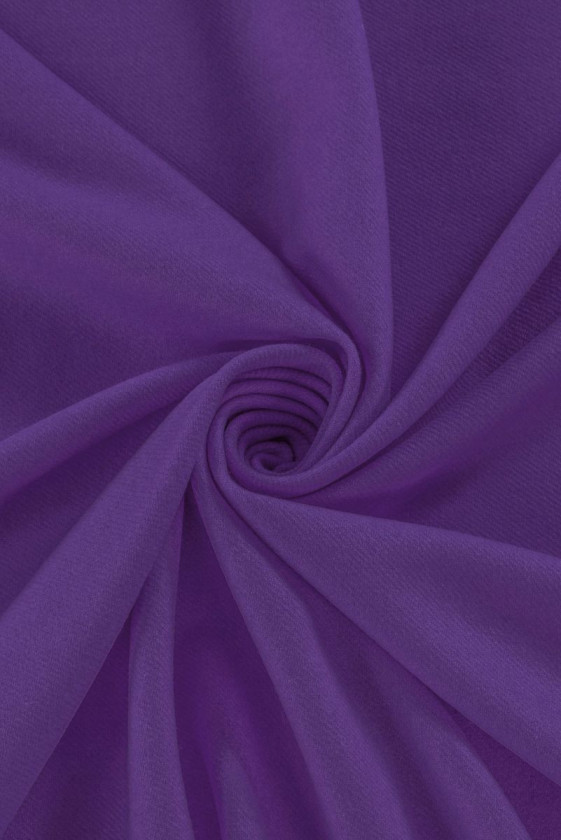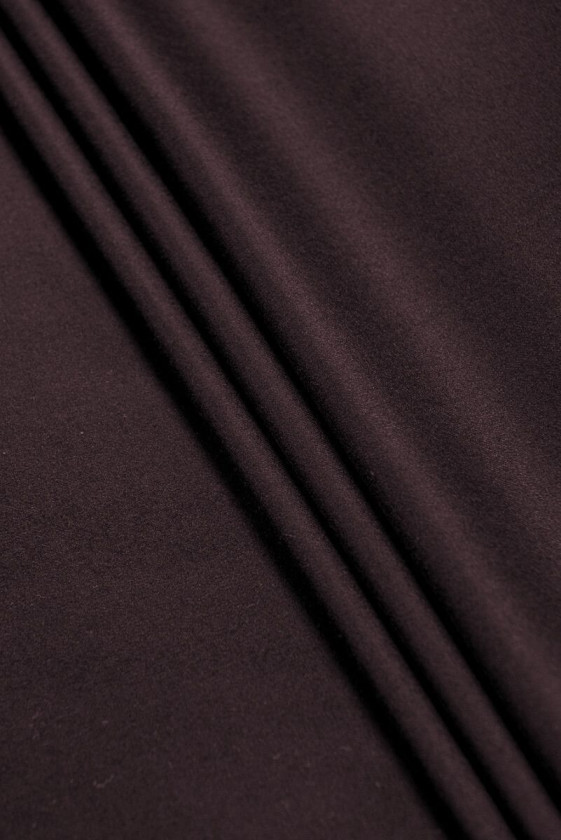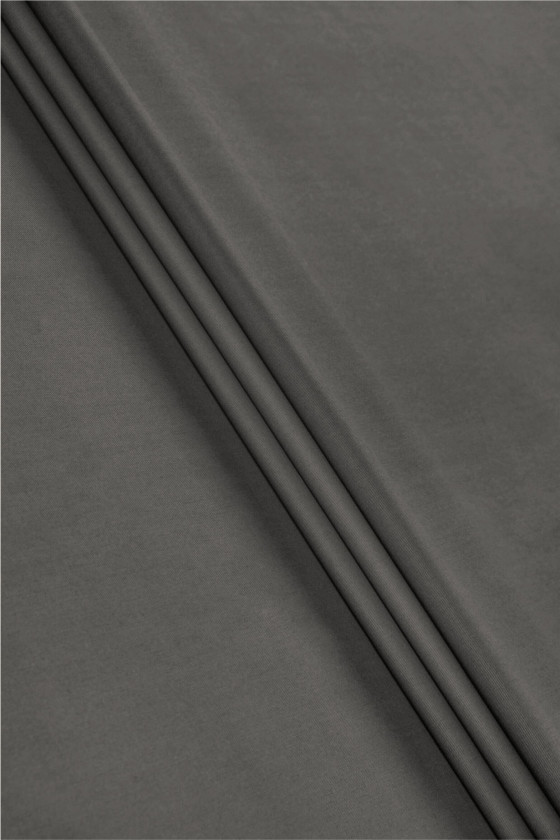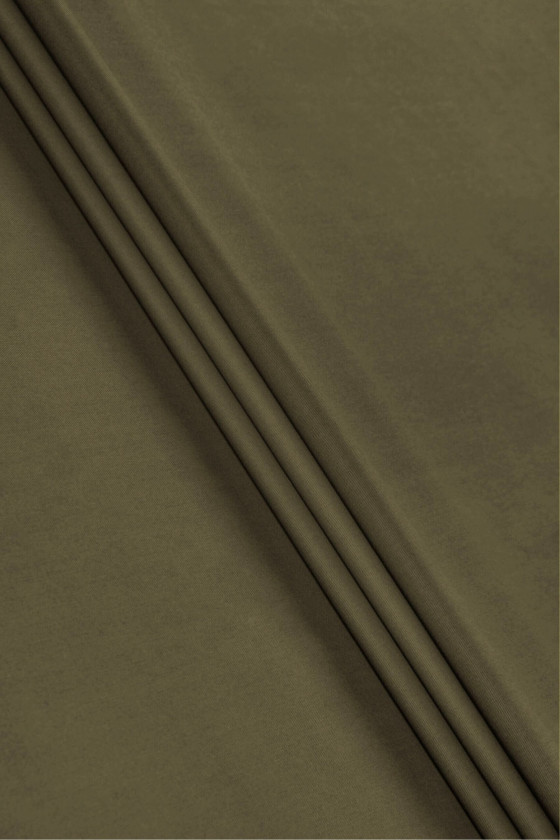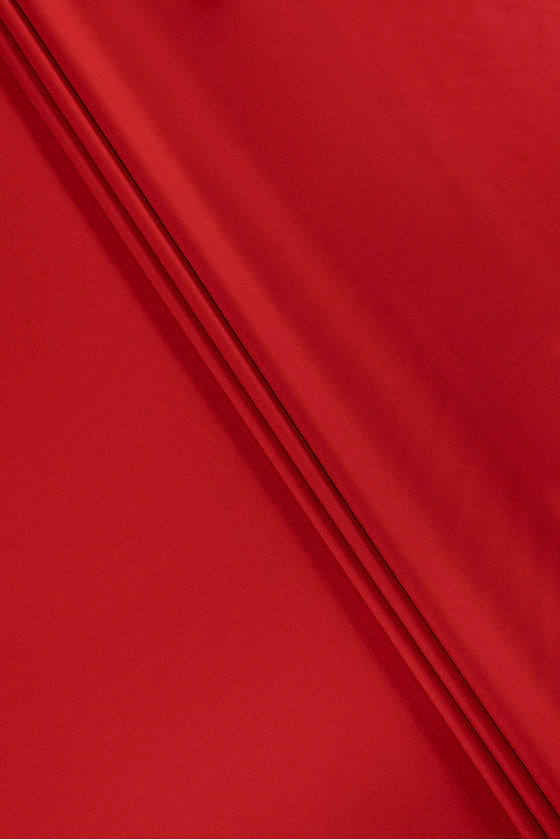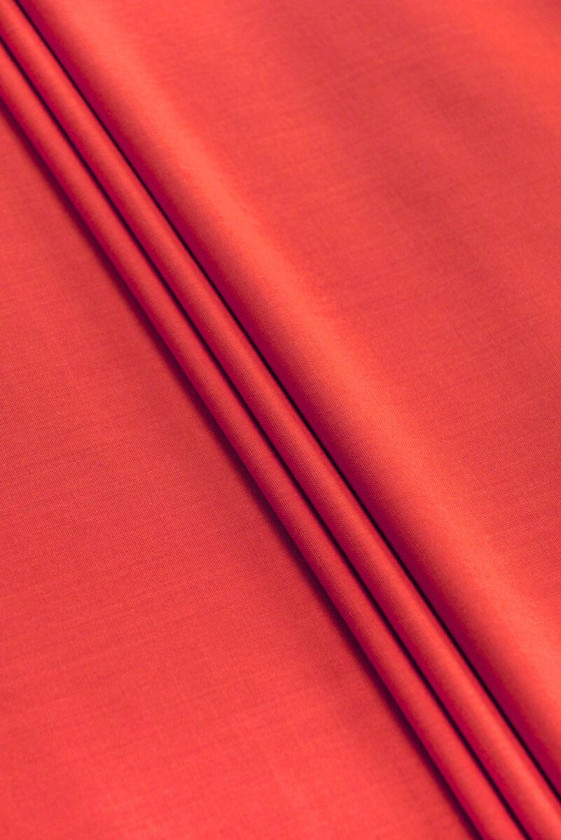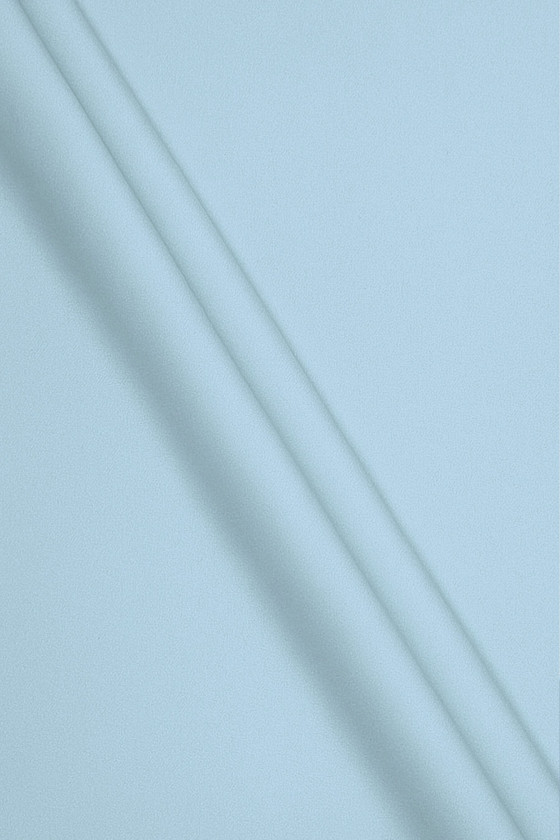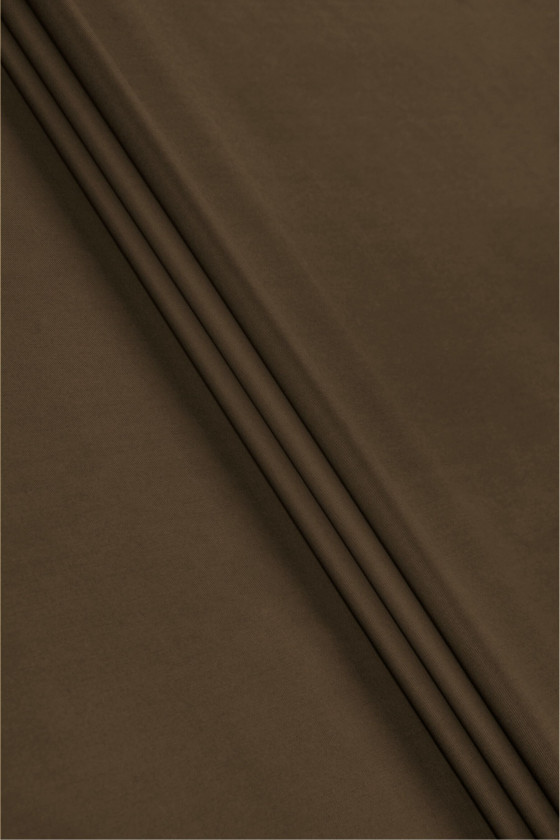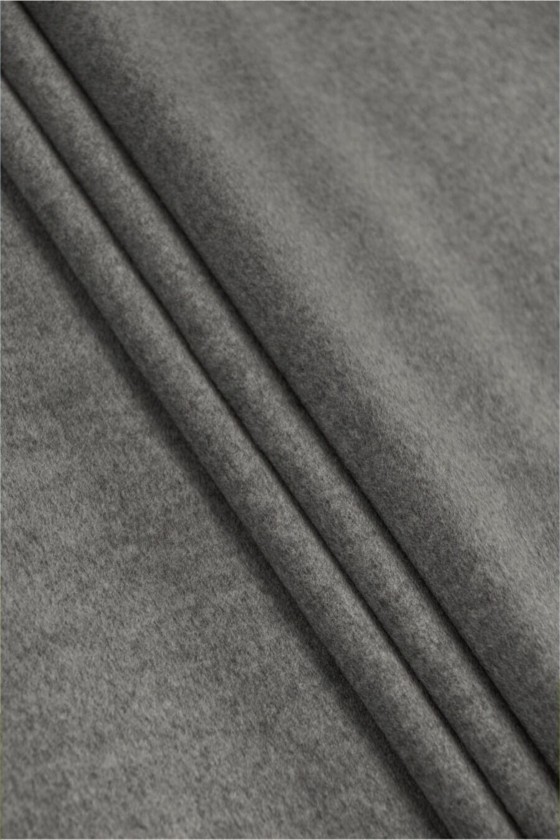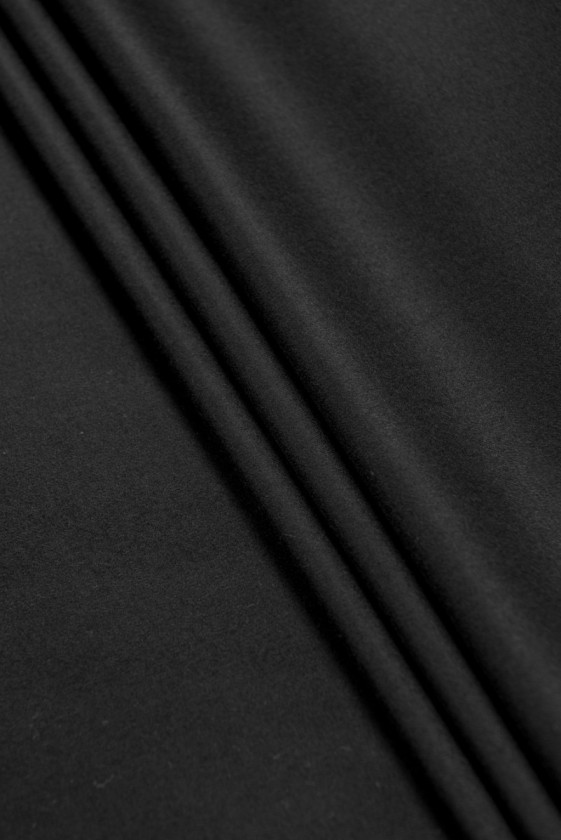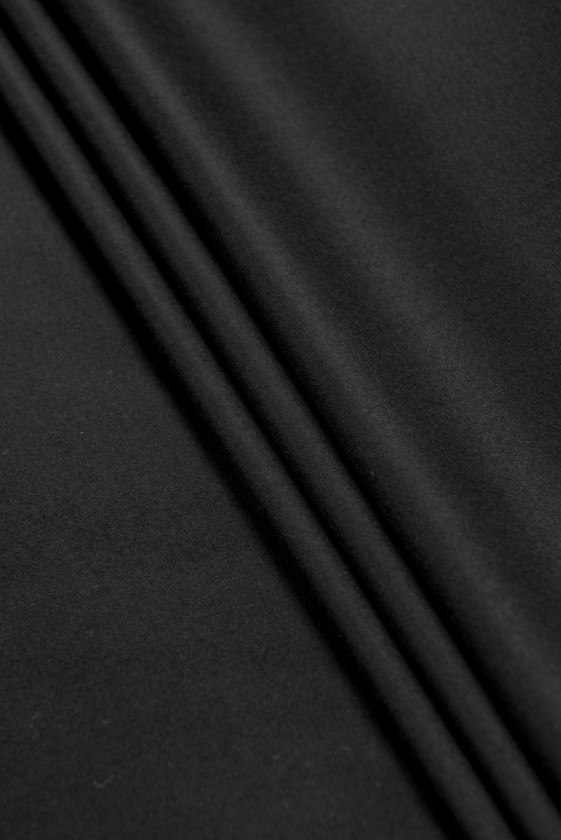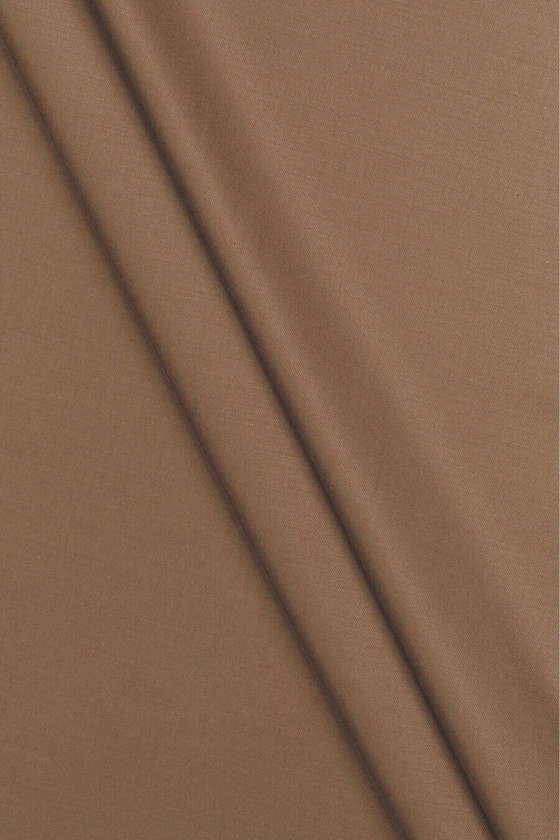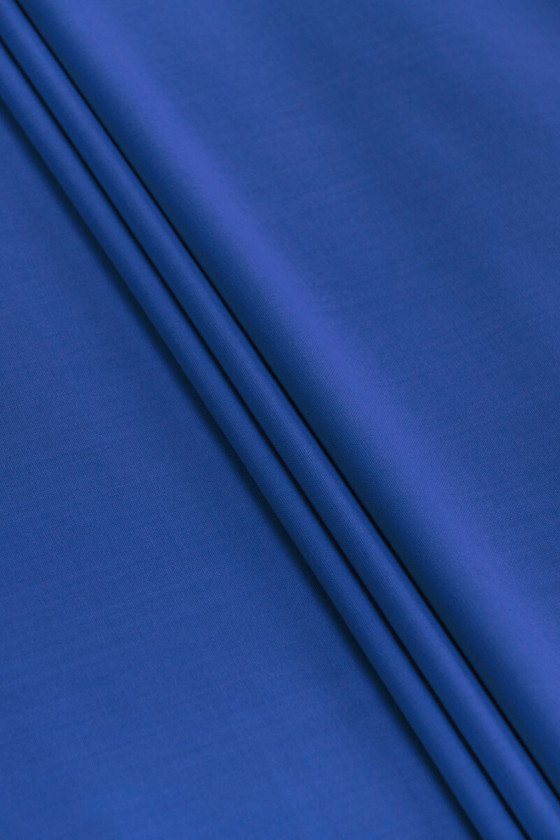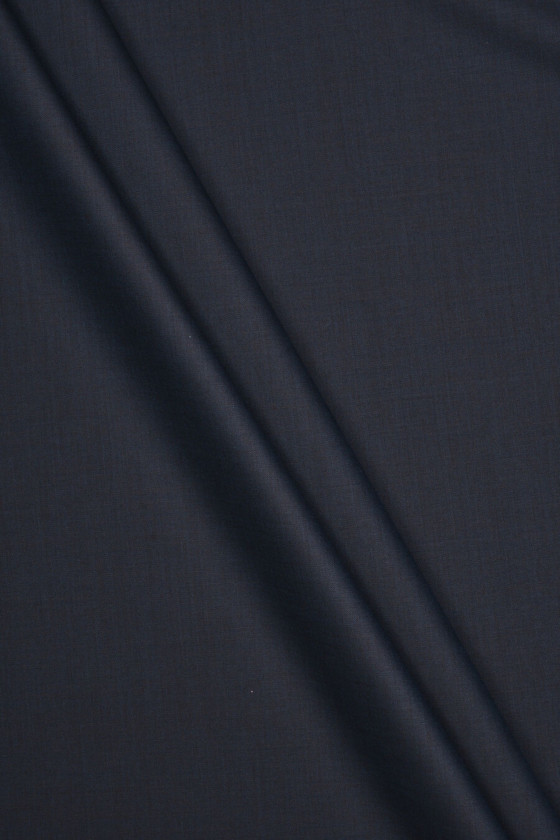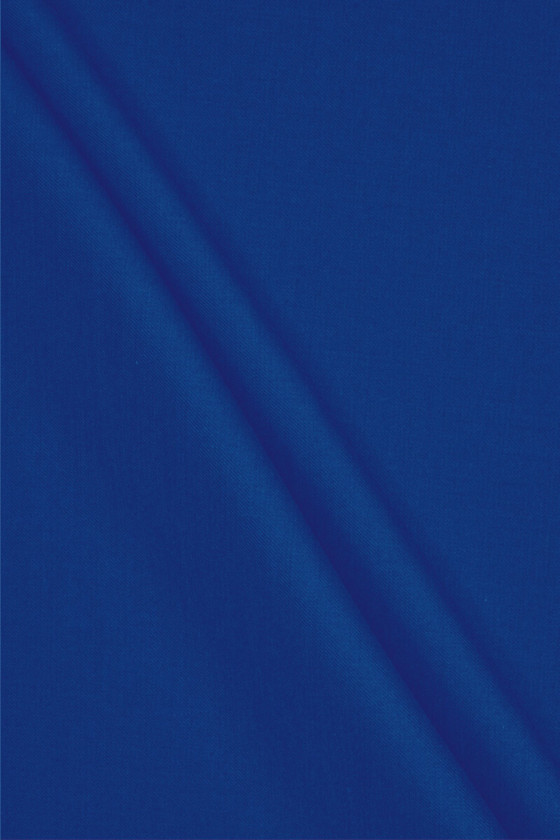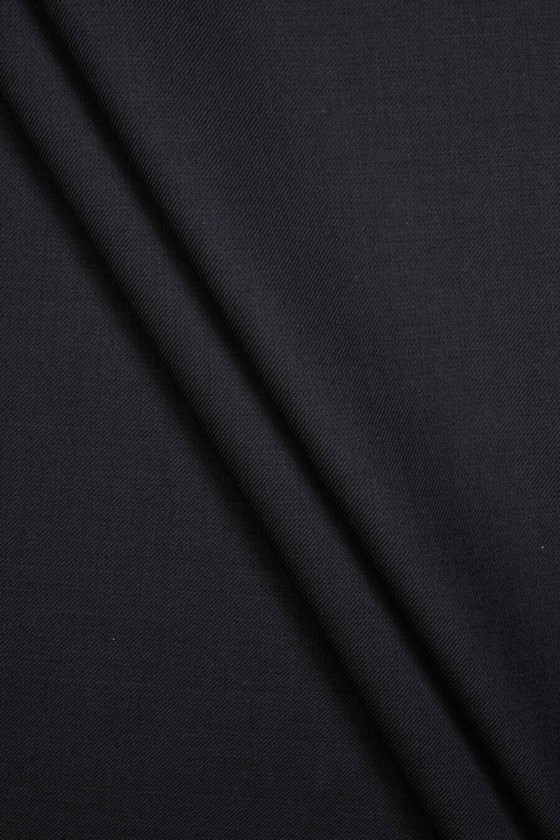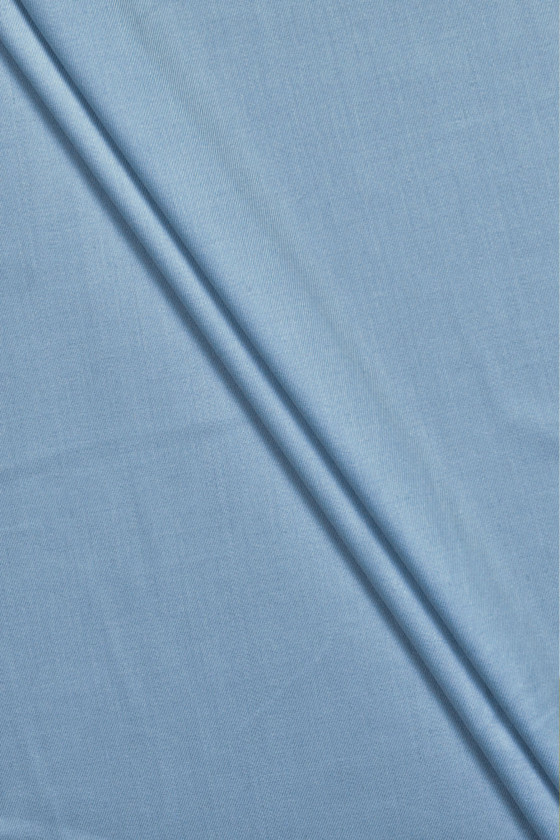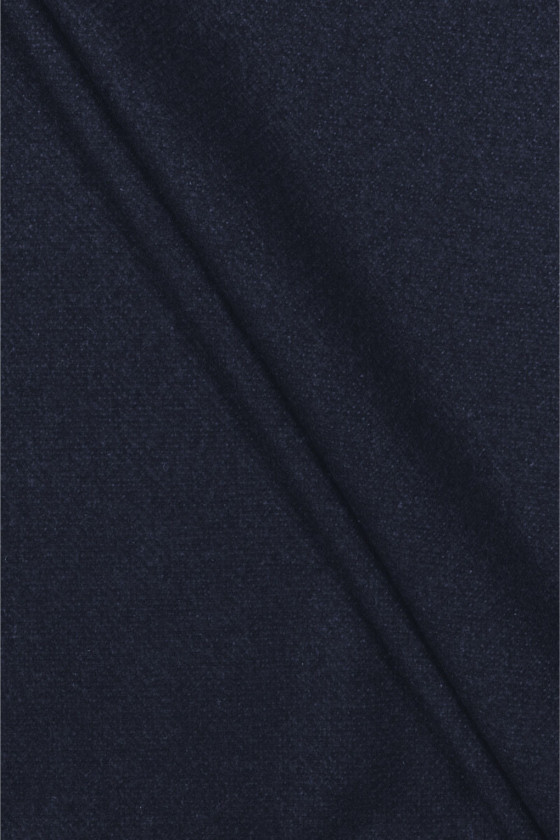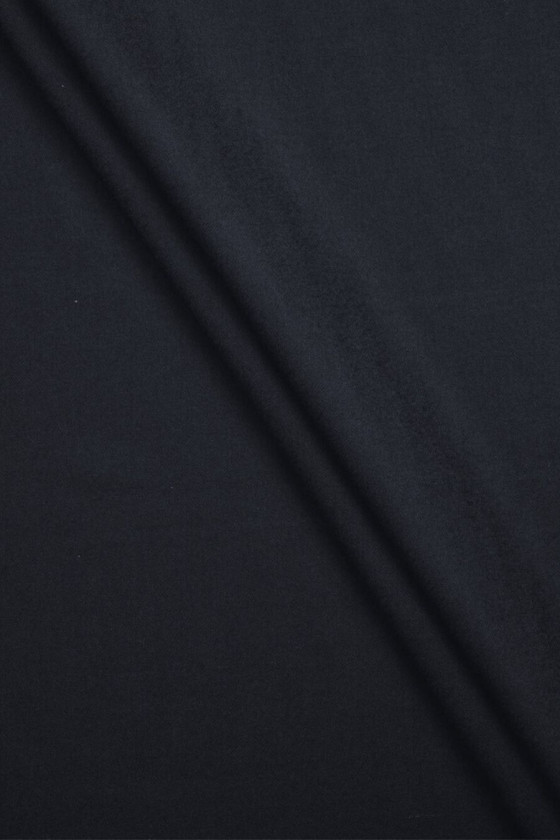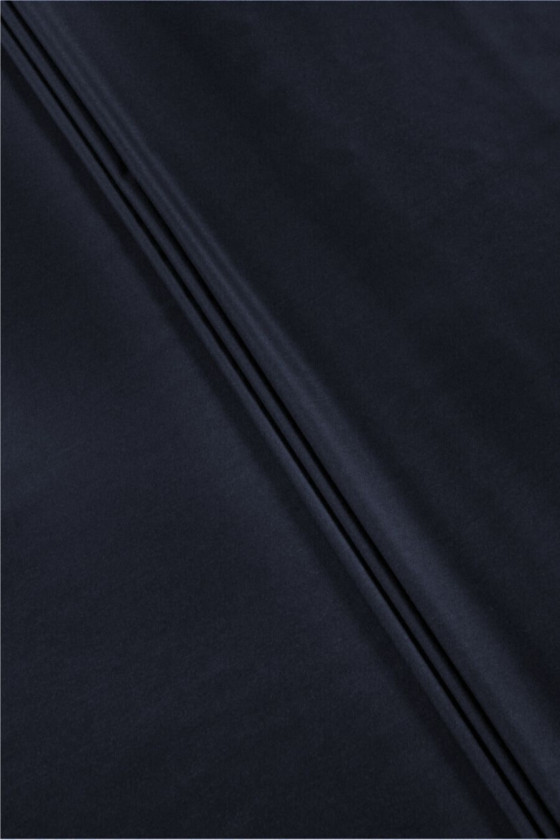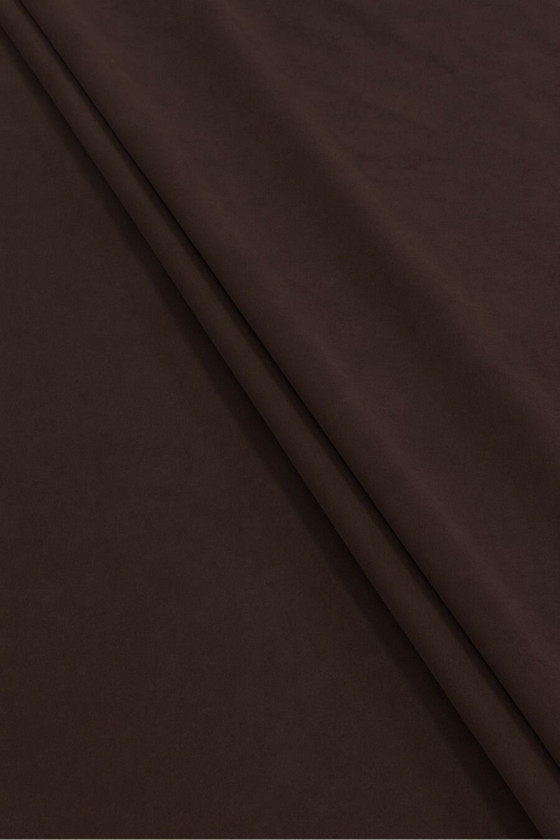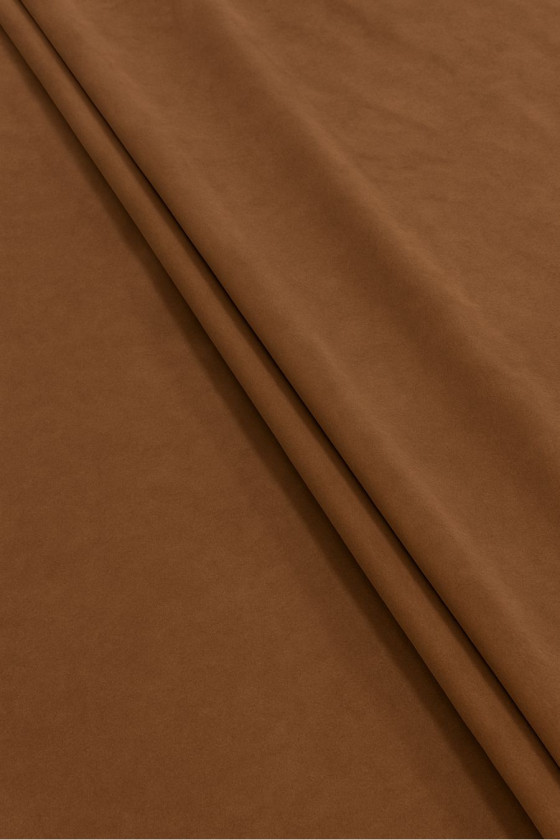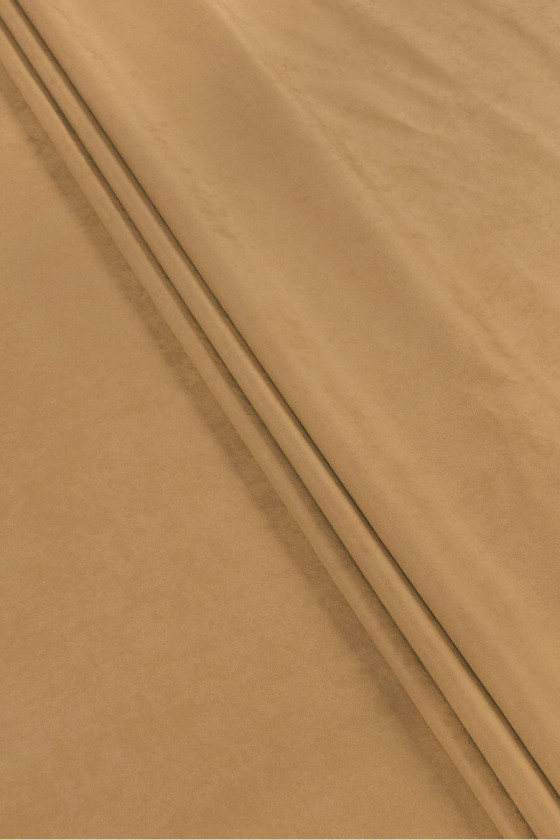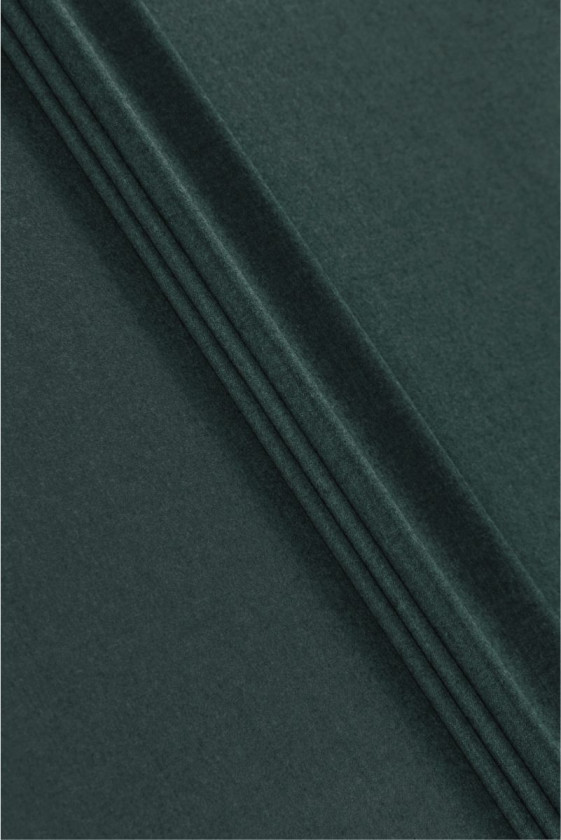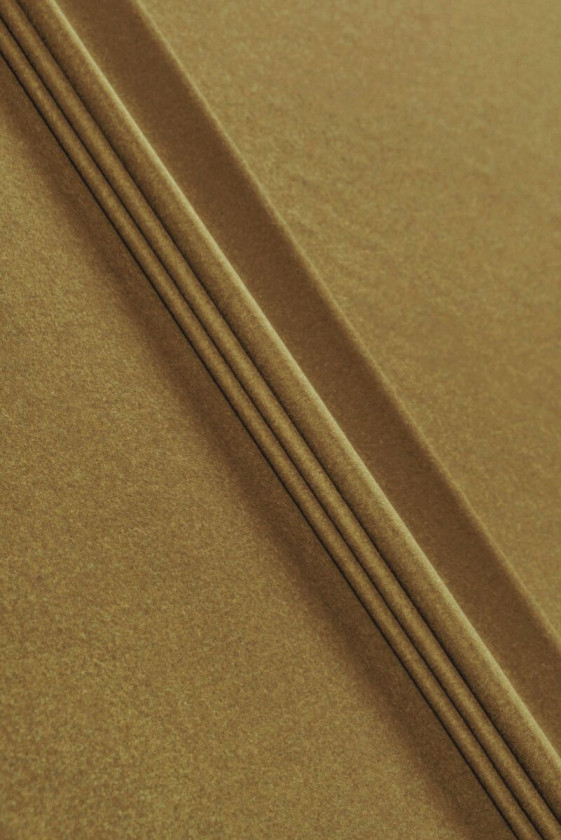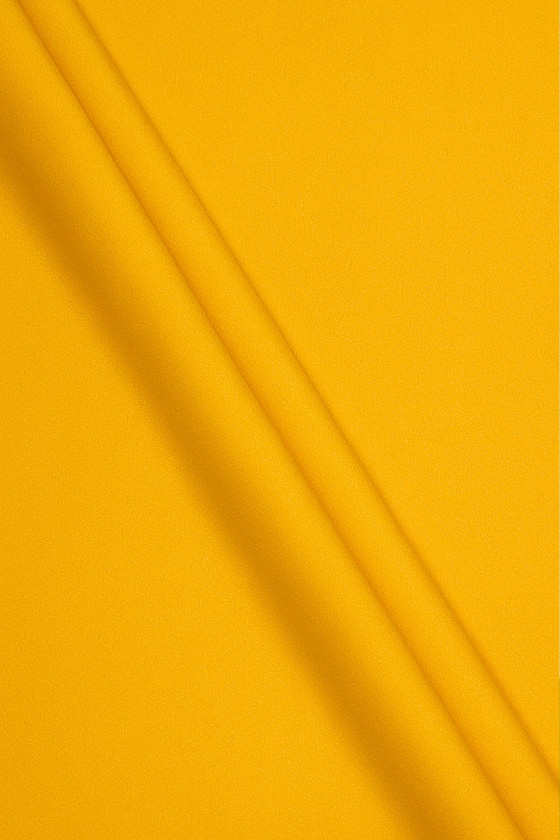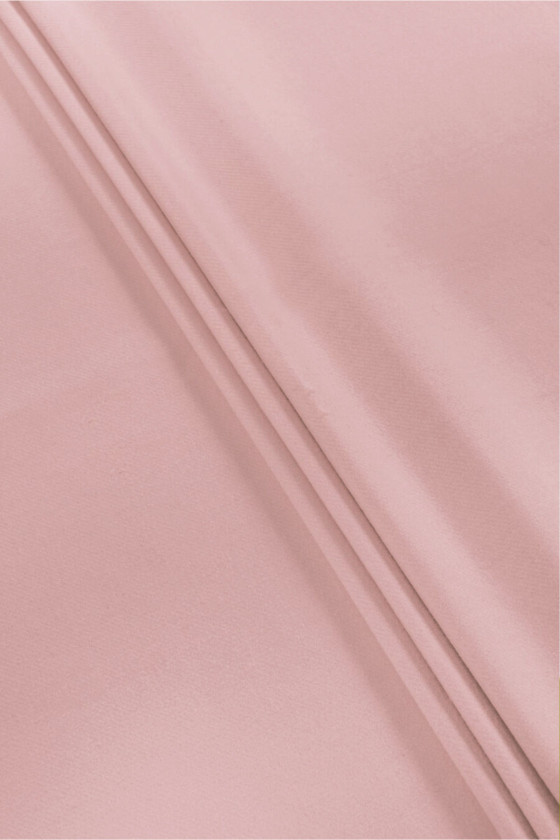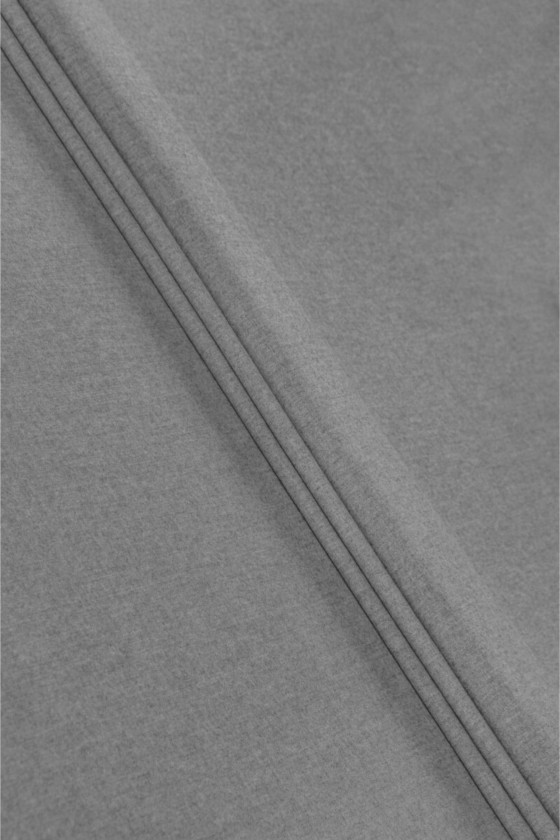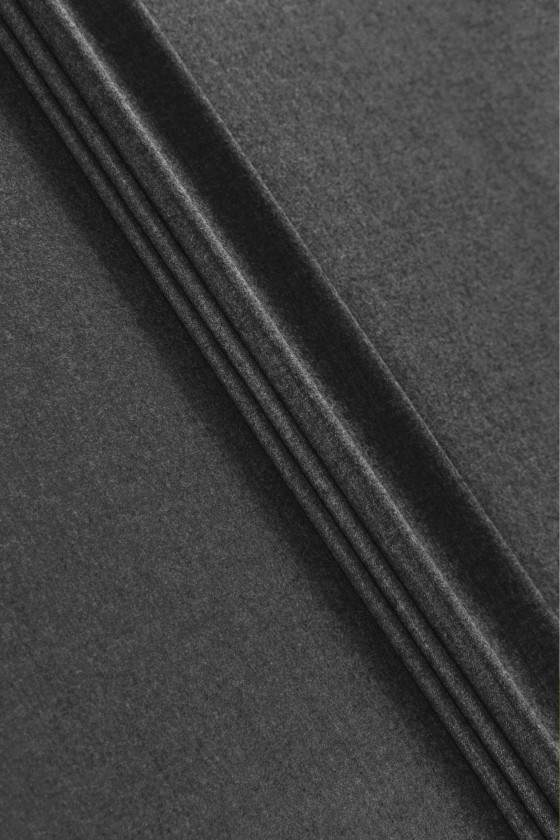- Új termékek
-
Eladás
-
- Bársony és velúr
- Flitterek és gyöngyök
- Cadi és Żorżetka
- Devore
- Ökobőr és természetes bőr
- Öko szőrme
- Exkluzív
- Egyéb szövetek
- Farmer és kordbársony
- Kasmír és gyapjú
- Csipke
- Len
- Lycra
- Tüll és háló
- Chanel típus
- Jacquard
- Sima szövetek
- Mintás szövetek
- Szövetek az állandó kínálatban
- Aláírt
-
Viszkóz
-
Selyem
-
Bélés
-
Rövidáru
- Szövetek az állandó kínálatban
Wishlist
- No products
Szövetek télre és őszre
Jelmez viszkoz tevegyapjúval
Barna melange jelmezgyapjú
Jelmezgyapjú sötét bézs olívazöld CUKOR 140 cm
Kasmír jelmez, földbarna
Jelmezes kasmír gyapjú bézsszel
Sötétbarna jelmezgyapjú
Sötétlila jelmezgyapjú
Sötétbordo jelmezgyapjú
Jelmezgyapjú világos bordó
Lila jelmez gyapott
Padlizsán jelmez gyapjú
Sötétszürke pamut
Khaki pamut
Kasmír gyapjúval - piros
Jelmez gyapjú világosvörös
Lila jelmez gyapott
Turkizkék jelmezgyapjú KUPONOK
Kék szerkezetű jelmezgyapjú
Sötét olívapamut
Selyem pamutszürke melanzcsal
Jelmezgyapjú kasmír fekete CUKOR 100 cm
Jelmezgyapjú kasmír feketével
Világosbarna gyapjú
Rugalmas búbka ruhás gyapjú
Búbka kosztüm gyapjú
Jelmez gyapjú kék farmer
Sötétsötétkék jelmezgyapjú
Sötétsötétkék COUPON 190 cm
Sötétsötétkék COUPON 190 cm
Sötétsötétkék jelmezgyapjú
Alcantara anyag - sötétbarna
Alcantara anyag - karamella
Alcantara anyag - teve
Fekete szatén gyapjú ÖSSZEÁLLÍTÁS 200 cm
Tengeri fürdőruha gyapjú melange
Olíva gyapjú melange
Sárga szerkezetű jelmezgyapjú
Púder rózsaszín jelmez gyapjú
Jelmez gyapjú piszkos rózsaszín
Fekete kabátú Alpaca KUPON 100 cm
Amikor úgy döntünk, hogy megvásároljuk bármelyik ruhadarabot, természetesen az ízlésünk vezérel minket, és azt, hogy az adott tárgyat mindennapi ruházatként vagy különleges alkalomra való alkotásként használják-e.
Függetlenül attól, hogy kabátot, elegáns inget vagy ruhát keresünk, amelyet minden nap viselni fogunk, érdemes figyelni arra az anyagra, amelyből az elem készül. Ez minden ruha esetében fontos, de különösen fontos a hidegebb hónapok ruházatánál.
Tehát milyen szöveteket kell keresni egy őszi-téli szekrény esetében, és mit kell feltétlenül elkerülni?
Szövetek télen, vagy miért érdemes elolvasni a címkéket.
A ruhák megjelenése és vastagsága nem mindig jelzi, hogy melegek leszünk benne. Sajnos az őszi és téli szezonban nincs hiány olyan anyagokból készült ruhákból, mint az akril vagy a poliészter a népszerű üzletláncokban.
Bár természetes szöveteknek tűnnek, nem védenek meg minket a hideg és rossz időjárási viszonyoktól. Ezenkívül ezek az anyagok nem lélegeznek, ami jobban izzad bennük, és gyorsabban megfázhatunk.
Ne feledje, hogy nem az anyag vastagsága, hanem minősége döntő hatással van arra, hogy melegen tart-e minket a hideg hónapokban.
Tehát milyen anyagokat kell kerülnie a szekrény elkészítésekor, nem csak ősszel és télen?
akril - a legnépszerűbb és sajnos az egyik legrosszabb anyag télen. Megpróbálták helyettesíteni a gyapjút, de minősége és jellemzői semmilyen módon nem hasonlítanak rá.
Ez egy olyan anyag, amely egyáltalán nem melegszik. Nem számít, milyen vastag akril pulóvert vásárolunk, nem véd meg minket az alacsony hőmérsékletektől. Ezenkívül az akril növeli az izzadást, és mivel nem szívja fel a nedvességet, és nem engedi, hogy elpárologjon, a kellemetlen érzés addig kísér minket, amíg le nem vesszük a belőle készült ruhákat.
Az akrilnak még egy jelentős hátránya van, nevezetesen gyorsan sérültnek tűnik, így az ebből az anyagból készült ruházat nem fog többet szolgálni, mint egy, legfeljebb két évszakban.
Poliészter - ez egy másik népszerű anyag, amelyet el kell kerülnünk, mind a téli, mind a nyári ruhák esetében. Nem higroszkópos, azaz nem szívja fel a vizet, és nem túl lélegző. Növeli az izzadást, de az akrilhoz hasonlóan nem nyújt védelmet a hideg ellen.
Az egyetlen poliészter ruha, amely a szekrényünkben lehet, kiváló minőségű sport- és kültéri ruhák. Ne felejtse el azonban figyelni az összes megadott paraméterre, például a vízállóságra, a légáteresztő képességre stb.
Téli anyagok - mibe érdemes befektetni
Téli ruhák vásárlásakor érdemes természetes anyagokból készült ruhákat választani. Az áruk magasabb lesz, de minden bizonnyal megfelelő gondossággal több évszakig tartanak. Érdemes befektetni két jó minőségű pulóverbe, mint több akrilba.
Tehát milyen téli szöveteket érdemes választani?
Gyapjú - a legnépszerűbb anyag télen. Nemcsak pulóverek, hanem kabátok, dzsekik, ruhák, nadrágok, kalapok, sálak és kesztyűk készítésére is használják. Még a vékonyabb is tökéletesen védi az alacsony hőmérsékletet, megfelelő termoregulációt biztosít, nem gyűrődik és jól fog működni mind a mindennapi stílusban, mind a hegyekbe való utazás során, melegséget biztosítva a fagy és a szúró szél ellen.
A klasszikus gyapjú mellett a következők közül is választhatunk:
- kasmír
- merinó gyapjú,
- alpaka
- mohair.
Pamut - téli anyagként is jól fog működni. Válasszon azonban vastagabb pamutból készült ruházatot. A pulóverek vagy pamutnadrágok jól megvédenek minket a hidegtől, és rendkívül kényelmes viseletet is biztosítanak.
Hurok kötött anyag - azaz kiváló minőségű pamut kötöttáru. 1% pamutfonalból készül, amelyhez néha kis mennyiségű poliésztert vagy lycrát adnak. Meleg, könnyű és kellemes tapintású. Gyakran használják gyermekruhák varrására.
Velúr - a téli szövetek is elegánsak lehetnek, amint azt a velúr is bizonyítja. Egykor estélyi viseletre, például ruhákra vagy öltönyökre volt fenntartva, most a mindennapi ruhákban található. Puha, jól illeszkedik és kényelmes viselet, előkelő helyet foglal el a "legjobb téli anyagok" listáján.
Ágynemű - ez egy olyan helyzet, amely nem jut eszembe, amikor "téli szövetekre" gondolunk. Érdemes azonban figyelni rá, mert az ágynemű nagyon jól vezeti a hőt. A gyapjú pulóverrel kombinált vászoning klasszikus, kényelmes és mindenekelőtt nagyon meleg készlet hideg napokra.
Mit válasszunk, ha téli kabátok anyagairól van szó?
Valójában a legfontosabb kérdés az, hogy milyen kabátot keresünk. Valami mást fogunk vezetni, amikor mindennapi kabátot keresünk a városban való sétához vagy a munkához, és egy másikat, amely jól működik a városon kívüli vagy a hegyekbe való utazáshoz. Természetesen a szabással vagy stílussal kapcsolatos személyes preferenciáink is fontosak.
Milyen anyagokat érdemes választani?
A gyapjú vagy báránybőr kabát nemcsak védelmet nyújt az alacsony hőmérséklet vagy a fagyos szél ellen, hanem lehetővé teszi a bőr lélegzését is. Azonban óvatosnak kell lennie velük a nagy esőzések során, mert áztatáskor sokáig száradnak. Tisztításukat viszont professzionális mosodára kell bízni. Egy jó minőségű, gyapjúból készült kabát vagy kabát vásárlása nagyobb költséggel jár, de ez egy olyan elem, amely több mint egy szezonban szolgál minket.
Ha a téli kabátok népszerű szöveteiről van szó, itt poliésztert is talál, különösen, ha sportosabb szabású vagy jellemzően kültéri kabátokról van szó. Ez az anyag alacsonyabb légáteresztő képessége ellenére nagyon jó védelmet nyújt az eső vagy a hó ellen. Az ilyen kabát kiválasztásakor érdemes ellenőrizni az anyag összes paraméterét, hogy a kabát a téli hónapokban teljesítse legjobban feladatát, ugyanakkor viseléskor kényelmet biztosítson.

